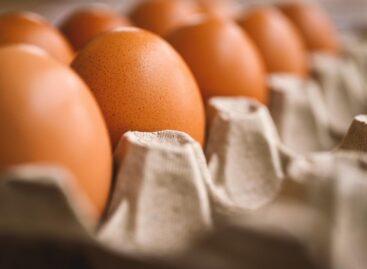Against the wind but we go
The external conditions of the economic development have been considerably deteriorating, the domestic political situation is uncertain, while the economic situation is modestly improving.
The forecast prepared by GKI Economic Research Co. in co-operation with Erste Bank shows that the energy,
raw material and agricultural price shock impacting the global
economy became less powerful by the fall of 2008 as a result of the
slowing expansion of the world economy and the favorable agricultural
production, yet the level of prices is permanently high. At the same
time, the financial crisis that started in the American mortgage
market is deeper, more extensive and longer lasting than previously
believed. The steps taken by governments and central banks will
probably be sufficient to stop the panic, but the resulting
large-scale extra expenditure will have to be reflected in the tax
programs and inflation rates of the coming years. All these are
threatening the EU with recession, clearly deteriorating the
opportunities for economic development in Hungary.
In the first
nine months of 2008 general government deficit accounted for 2.7% of
GDP, 70.8% of the annual target (compared with 88.2% last year). At
3.8% of GDP, the deficit target, which has been reduced by the
government during the course of the year, is realistic, with the
possibility of an even lower rate. The trade surplus seen in the
first half of the year will likely vanish by the end of the year, due
to the deteriorating global business climate, as well as the
increasing domestic investment and consumer demand. The net external
financing requirement will drop to 4.9 billion euros (4.4% of GDP).
Owing to the performance of agriculture, as well as some low
year-on-year base figures in a number of sectors that have stabilized
following a decline in 2007, GDP is expected to grow 3.5% over the
second half of the year, and 2.7% for the year as a whole. The growth
rate of industrial exports, which had been the engine of growth over
the prior period, has been plummeting since May. While the volume of
exports increased by over 12% on average in the first four months,
the growth slowed down to as low as 0.8% in the following three
months. After bottoming out in the summer, exports are expected to
edge up, partly due to the lower base figures. The favorable
agricultural yields will have a positive effect on the food industry.
The construction sector will be gathering pace in the second half of
the year, primarily owing to the low base figures. Nevertheless, the
annual figure will likely show a decline of approximately 2%. On the
other hand, agriculture is soaring, the GDP contribution of the
agricultural sector is increasing 25% in 2008 as a whole. Retail
sales are expected to edge up modestly in line with the increase in
real earnings, but the annual rate will only reflect a positive
stagnation. Consumption will be up approximately 1% in the year as a
whole. Investments stagnate. Developments funded by EU transfers are
not yet sufficient to buoy up the investment market this year.
Inflation is decreasing slowly in 2008 (6.5% in August). However,
the price index is expected to fall at a relatively rapid rate in the
last few months of the year, primarily due to the fact that the
year-on-year comparative figures will include last year’s elevated
food prices. The year-end inflation rate is forecast around 5.5%,
while the annual average rate is expected to be 6.5%. The monetary
policy is not likely to reduce the benchmark interest rate in the
fall of 2008. Nevertheless, provided that the budget is approved (or
at least domestic developments point into this direction), the
slowing rate of inflation will motivate the onset of cautious
interest rate cuts by the end of the year.
The unemployment rate
is expected around 7.6% at year-end and the annual average number of
people employed will fall 1% short of last year’s figure. In the
first half of the year real earnings increased by 0.5%. Real earnings
are expected to rise about 1% in the year as a whole, with a 1.7%
increase in the private sector and stagnation in the public sector.
Related news
Related news
The quarterly results of the SZÉP card confirm the entrepreneurs’ proposal
According to the announcement issued by the Ministry of National…
Read more >Grant Thornton survey: Flexibility and an inclusive work environment can help retain accountants
Not only recruitment, but also retention poses serious challenges to…
Read more >The import of fresh eggs increased by 71 percent
Based on data from the European Commission, EU (EU27) egg…
Read more >




